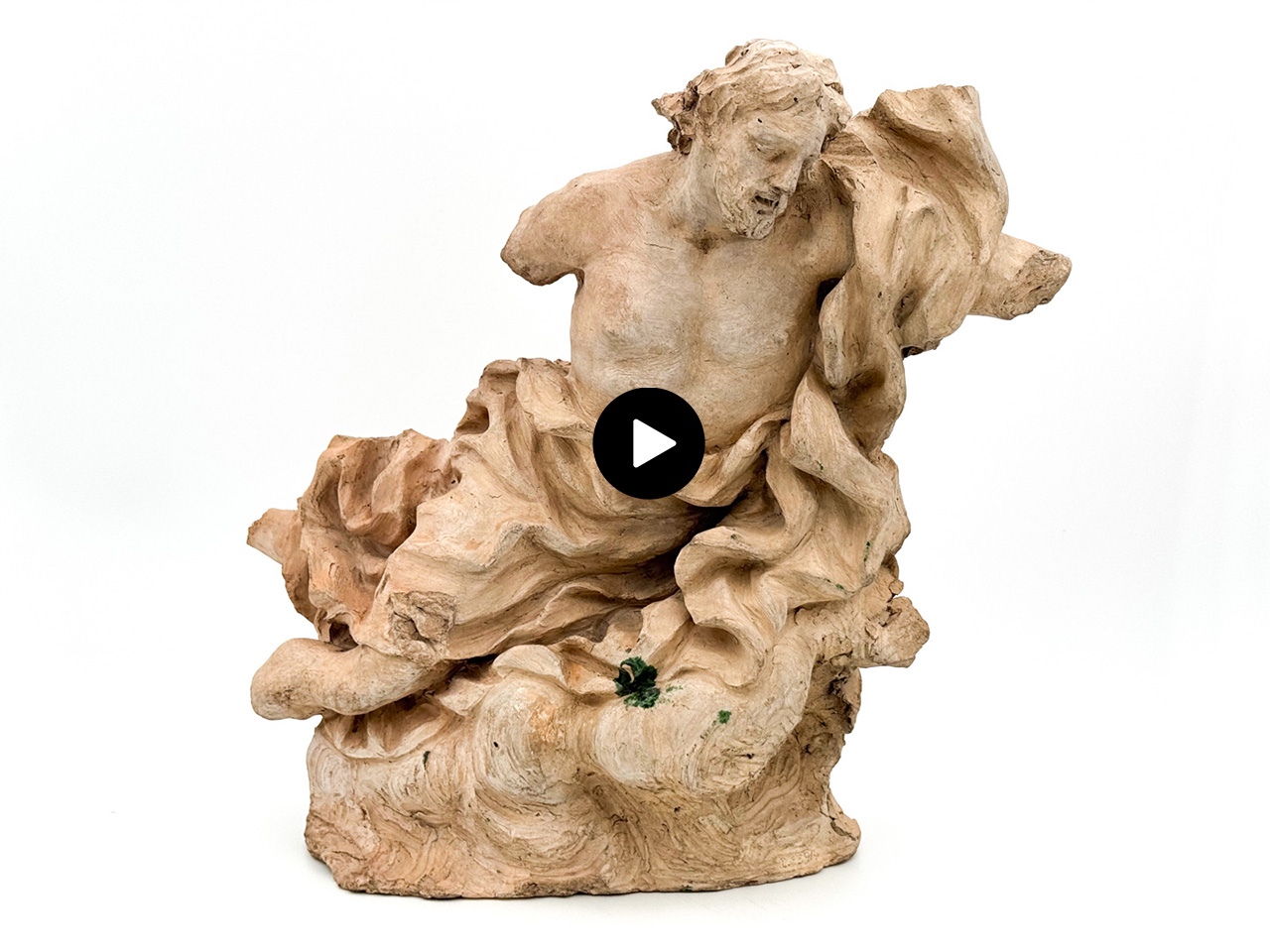The Risen Christ – Terracotta bozzetto
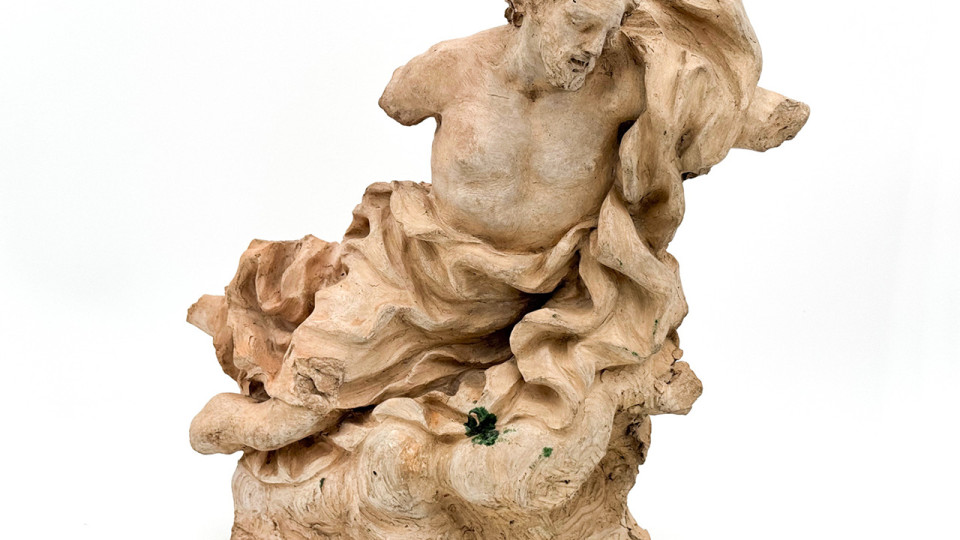
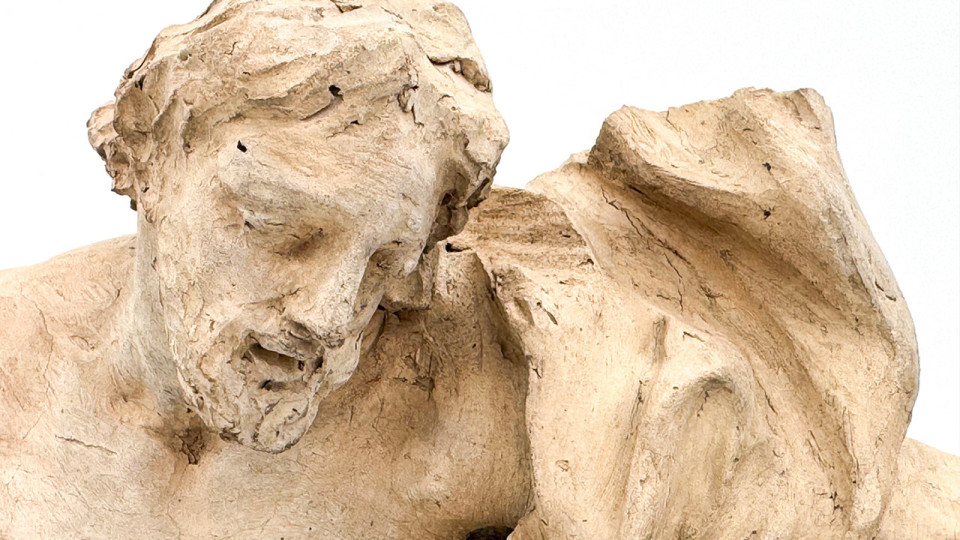
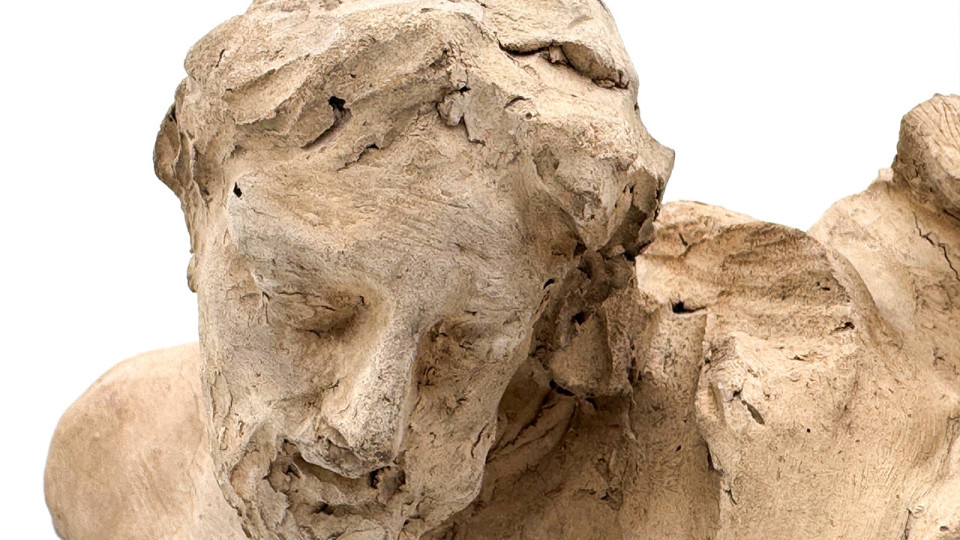
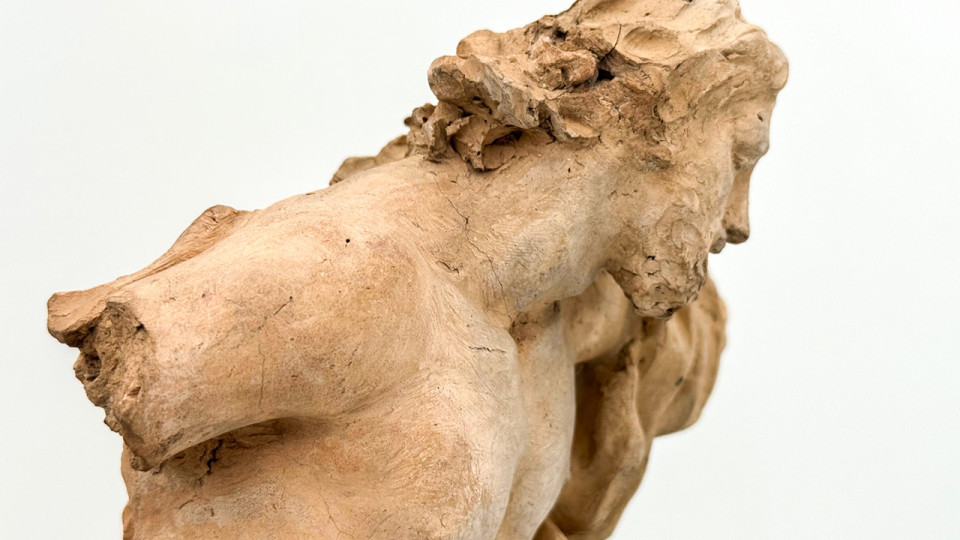
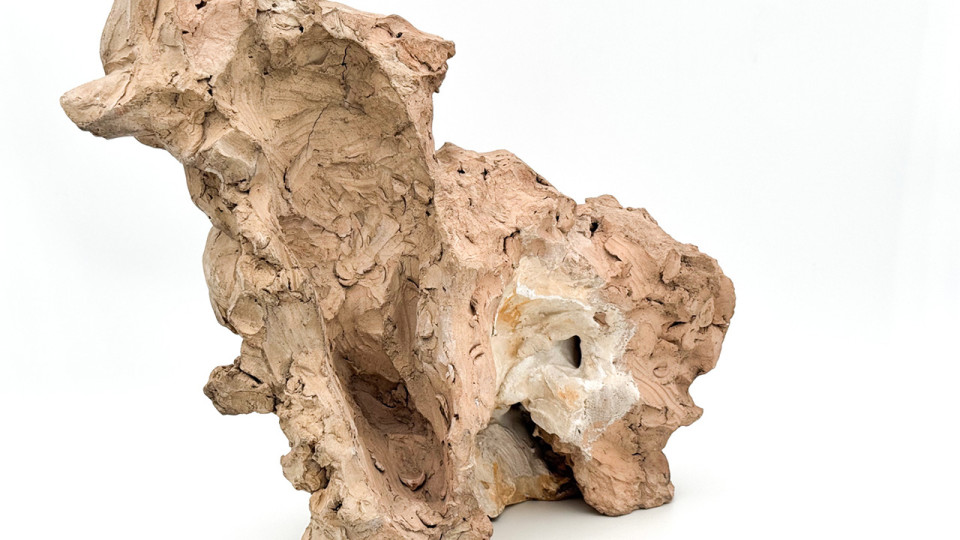
Bozzetti: at the root of creation
In sculpture, drawing is not always the initial stage of the creative process. Some sculptors are more familiar and sensitive to volume rather than the flat surface of paper and thus prefer to express themselves directly with their hands.
For them, fashioning clay or wax with their hands is a more natural and immediate way of helping an idea take shape. As a result, they create small, three-dimensional mock-ups – called bozzetti – which serve as a sketch but in relief.
These sketches are not just simple test runs. They are often a focus of the artist’s artistic thinking regarding the proportions, movements and the effects of light and shade. Their spontaneity and sometimes raw energy capture a freshness that may fade in the final work, which is smoother and often more controlled.
The bozzetto is on the borderline between a working tool and an art artefact, making it possible to penetrate the heart of the creative process, where the first shapes emerge. Physical traces of the artist’s handiwork can often be seen, such as fingerprints or marks left by the trimming and modelling tools, when the clay is still malleable. Some bozzetti boast a very complete surface, close to the quality of the finished work, while others possess a more basic and rougher appearance.
Bernini, a master of Roman Baroque sculpture, used them extensively. Many of his clay models demonstrated the extent to which a rough outline can already encapsulate dramatic tension, the force of the handiwork and the theatrical impetus of major sculptures. This approach was not confined to Italy, for Jean Del Cour also adopted this method. With Bernini as an influence, he brought this taste for preparatory modelling to Liège.
Once the three-dimensional sketch is finalised, the sculptor has a clear and structured vision of his project. The preliminary model makes it possible to validate proportions, volumes and the general composition of the work, whiles leaving a certain amount of freedom for any possible alterations. It is only once this crucial preparatory stage is complete that the artist can commence creation of the final work, at full size, in the selected definitive material, whether marble, bronze, wood or stone. Such a transition from a small-scale model to a monumental work requires not only technical mastery but also the ability to faithfully transposed the initial artistic idea into a much more imposing and often more demanding format.
Bozzetto of the Risen Christ
This bozzetto of the Risen Christ is strikingly dynamic, characterised as it is by the swirling movement of the drapery and the twisted posture of the body, perfectly reflecting the Baroque aesthetic and suggesting upward momentum, echoing the triumphant ascension of Christ on His resurrection. His face expresses marked emotional intensity: His half-open mouth and the tilt of His head reveal a certain spiritual tension. The fluid modelling of the material, especially in the virtuoso handiwork on the folds in the drapery, pays witness to remarkable modelling mastery, giving the entire work an impression of lively movement and palpable presence.
The City of Liège possess a considerable number of bozzetti from Baroque sculptors in its collections. The majority of this collection is made up of works by Jean Del Cour, as well as others by Cornélis Vander Veken and Jean Hans.
This unique collection has benefitted from backing by the David-Constant Fund for conservation and restoration work.
A first restoration campaign took place in 2007, followed by a second in 2017, enabling restoration of no less than 38 bozzetti in total.
Christophe Remacle
Curator-restorer / City of Liège Museums
The object of the month in video
Exhibition location
The artefacts are visible in the object of the month showcase in the entrance hall of the Grand Curtius Museum in Liège.
Jean Del Cour
Hamoir, 1631 – Liège, 1707
The Risen Christ
Bozzetto - Terracotta
Inv. GC.ADC.02f.0000.68645
Property of the Liège Archaeological Institute
Photo copyright: City of Liège - Grand Curtius
